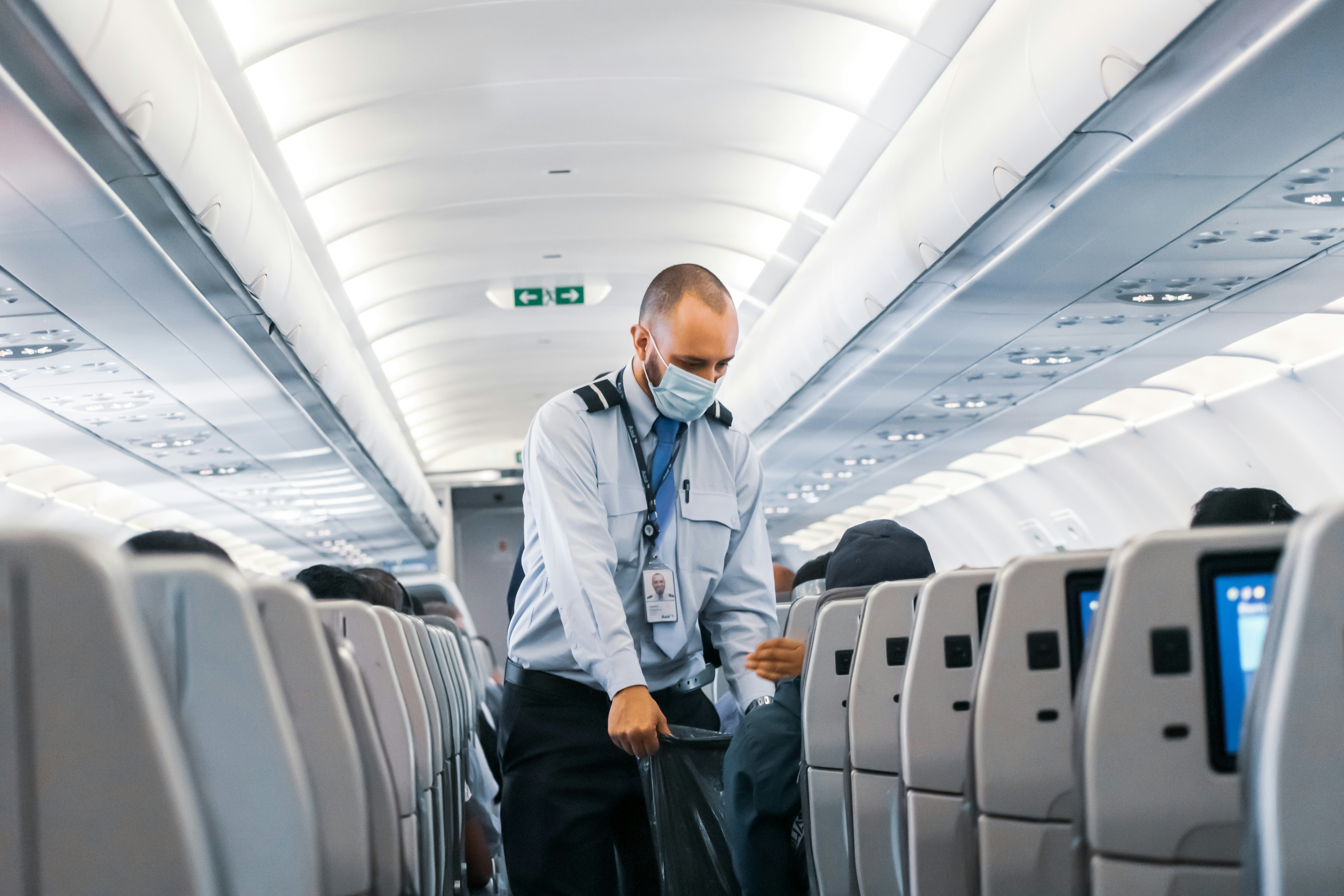Media release
From:
COVID-19 restrictions altered global dispersal of influenza viruses
Although travel restrictions and social measures during the COVID-19 pandemic led to a dramatic global drop in seasonal influenza cases, certain influenza lineages in specific regions kept the virus circulating and evolving, according to a new study. This was true in tropical areas with fewer travel restrictions, for example, including South and West Asia. The spread of seasonal influenza is closely tied to social behaviour, particularly air travel, and to the periodic evolution of new virus strains that evade immunity from prior infections or vaccinations. In 2020, nonpharmaceutical interventions (NPIs) introduced to combat COVID-19 – such as lockdown policies, mandated social distancing, masking, and travel bans – dramatically impacted influenza virus transmission and evolution. Due to these interventions, cases of seasonal influenza caused by A subtypes H1N1 and H3N2, as well as influenza B subtypes Victoria and Yamagata, declined sharply across the globe.
Here, Zhiyuan Chen and colleagues investigated how these changes affected the spread, distribution, and evolutionary dynamics of seasonal influenza lineages. Using a phylodynamic approach, Chen et al. combined epidemiological, genetic, and international travel data from before, during, and after the COVID-19 pandemic and found that the onset of the pandemic led to a shift in the intensity and structure of international influenza transmission. Although influenza cases significantly dropped globally during the pandemic’s peak, in South Asia and West Asia, regions that had relatively fewer pandemic restrictions, the circulation of influenza A and influenza B/Victoria lineages, respectively, continued.
That circulation served as important evolutionary sources, or “phylogenetic trunk locations,” of influenza viruses during the pandemic period. By March 2023, as global air traffic resumed, the circulation of influenza lineages returned to pre-pandemic levels, highlighting the virus’ resilience to long-term disruption and its reliance on global air travel patterns to spread. Notably, however, the findings also show that the influenza B/Yamagata lineage appears to have disappeared since the start of the pandemic, suggesting that the lineage may have since gone extinct. “The study by Chen et al. further reinforces that nonpharmaceutical interventions can be incredibly effective in disrupting viral transmission, pathogen diversity, and antigenic evolution, and are arguably more effective than vaccine efforts alone,” write Pejman Rohani and Justin Bahl in a related Perspective.



 International
International



